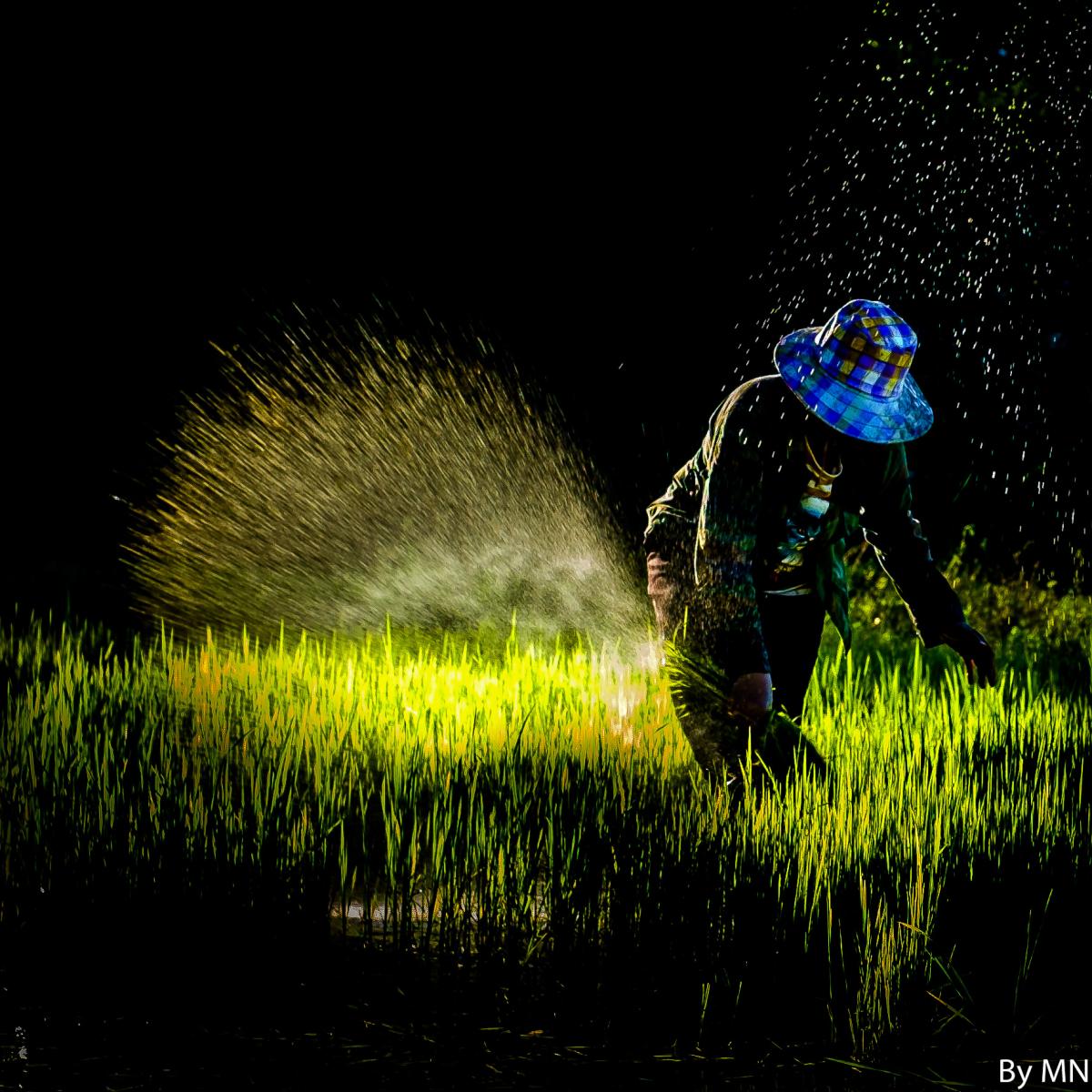And Now Tell Me Why You Need Full Frame :: Top X-shots at the FR-facebook page!
Juju Gamin: Louis Vuitton Fundation, Paris France. Taken with Fuji X-E1, Samyang 12, f/4, 1/125, 3200 isos.
_ _ _
Every time I check out the images X-shooters shared at the Fujirumors facebook photostream and at the Fuji X Forum, I’m amazed about how many gorgeous images the X-community creates with X-gear: low light, sports, landscape, portrait, architecture, street, astrophotography, fashion, weddings… simply everything can be done with stunning results!
These images also tell me that, for me, Patrick, there is no real need of Full Frame to get a higher keepers rate in my shots. On the contrary, I better invest my time & money in following other photographers and learning from their work. I better buy tutorials, ebooks and go to workshops. I better know my gear and don’t blame it for the lack of my skills. I should ask for advice and study. And of course, practice… go out on the field and shoot, a lot! Try different styles. Challenge myself. Experience frustration and joy… and at the end, have Fun while painting with light!
So, for next hours, I’m out of here guys and I’ll do my homework with the X-T1 now… which is actually one of the few homeworks I really enjoy to do :)
have a GREAT weekend,
![]() Fuji X Forum, Facebook, Google+, RSS-feed and Twitter
Fuji X Forum, Facebook, Google+, RSS-feed and Twitter
_ _ _
How to share images on Facebook
1) SHARE & DESCRIBE: go to the Fujirumors facebook timeline and submit your favorite X-shot (and a short description) in the timeline by selecting “Photo/Video” .
2) VOTE & COMMENT: All the images will be displayed at the Fujirumors facebook photostream. You can vote & comment the images there.
NOTE: The next selection will start from those images shared starting from November 3!
_ _ _
Holger Glaab: Frankfurt, Tower 185. Fuji X-T1. Walimex Pro 8mm, f 2.8 fisheye. Some LR and PS editing.
_ _ _
Eric Anderson: Kok Kiya valley and the lake, Kol Suu just on the other side of these mountains is my favorite part of Kyrgyzstan but way too few tourists go. For info on how to get there, read this: http://wp.me/p5bwRq-1a3 X-E2, 35mm F/4.5 1/1000
_ _ _
Inaki Gorraiz: Taken at the Agora of Athens, Fuji X-E2, 18-55 at 55 mm
_ _ _
Darren Brown: A few days ago, while my wife and I were enjoying an early-evening walk, I took this photo from Calton Hill, in Edinburgh, Scotland. Fuji X-Pro 1. XF 60mm f/2.4R
_ _ _
Steven Dempsey: Tara. Fujifilm X-T1 18-135mm Processed with Silver Efex Pro 2













